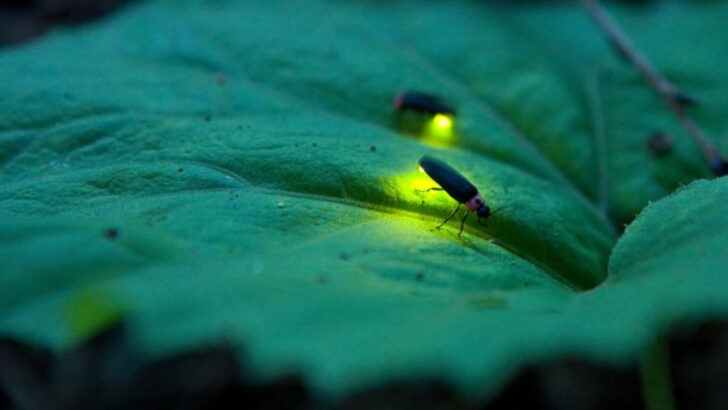Fireflies are disappearing, and the night sky is dimming. These glowing insects, once a symbol of summer magic, are vanishing faster than ever.
The reasons behind their decline are far more complex than we imagine. Pesticides, habitat destruction, and light pollution are just a few of the silent killers that threaten these enchanting creatures. The very things that made them shine are now pushing them into the shadows.
Fireflies are more than just a beautiful part of nature—they’re critical to ecosystems. Their loss could disrupt food chains and environmental balance.
If we don’t act now, future generations may only know fireflies through stories and images, forever missing the dazzling sight of their dance across warm summer nights.
Habitat Loss
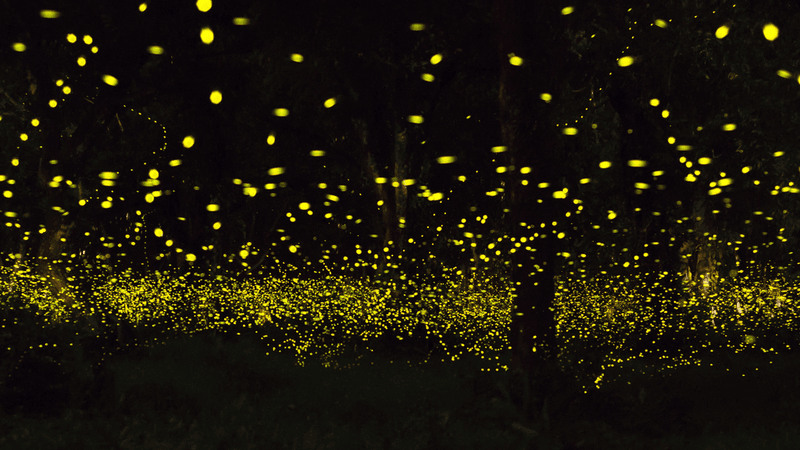
Firefly habitats are disappearing as quickly as the blink of an eye. Urbanization and deforestation have led to the loss of the natural environments these luminescent insects call home. Each tree felled and meadow paved over erases a little more of their habitat.
While cities expand and forests shrink, fireflies struggle to find suitable places to thrive. Their gentle glow, once a common sight, is now becoming a rarity.
Restoring and protecting natural habitats can help preserve these magical creatures for future generations, making efforts in conservation even more vital.
Light Pollution
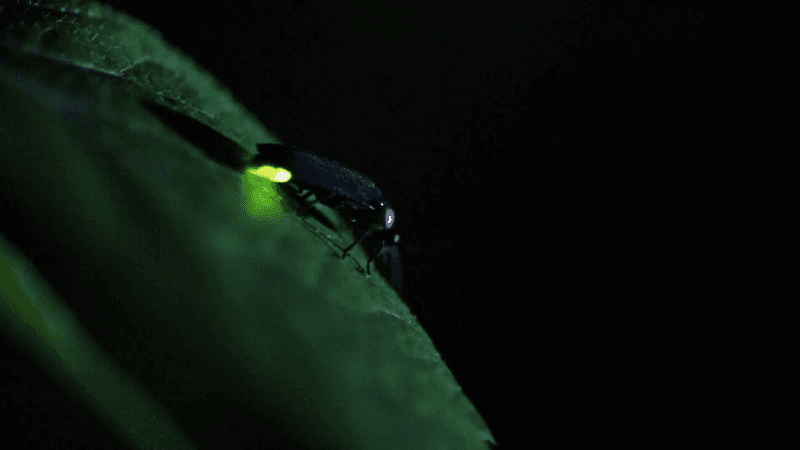
Light pollution is like a thief in the night, stealing the magic of fireflies. Their natural luminescence becomes overshadowed by artificial lights that dominate urban areas.
Fireflies rely on their bioluminescence to communicate and find mates, but bright city lights confuse them. The dazzling distractions lead to fewer successful interactions, causing their numbers to dwindle.
Reducing unnecessary lighting and creating dark zones can help fireflies thrive. Simple actions like turning off garden lights can make a world of difference for these enchanting insects.
Pesticide Use
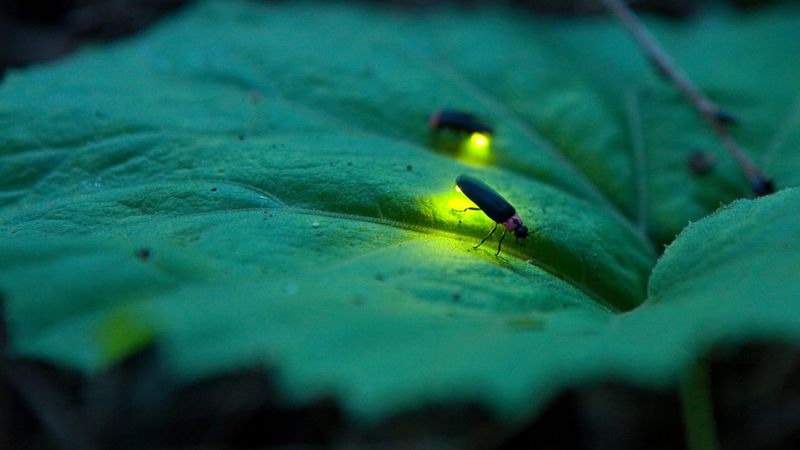
Pesticides are silent killers lurking in our gardens and fields. These chemicals, meant to protect plants, often harm non-target insects like fireflies.
When fireflies come into contact with these toxic substances, their delicate bodies can’t handle the exposure. The chemicals disrupt their natural cycles, leading to decreased populations.
Choosing organic gardening practices and minimizing pesticide use can provide a safer environment for fireflies. Encouraging natural pest control methods helps preserve their presence in our gardens.
Climate Change
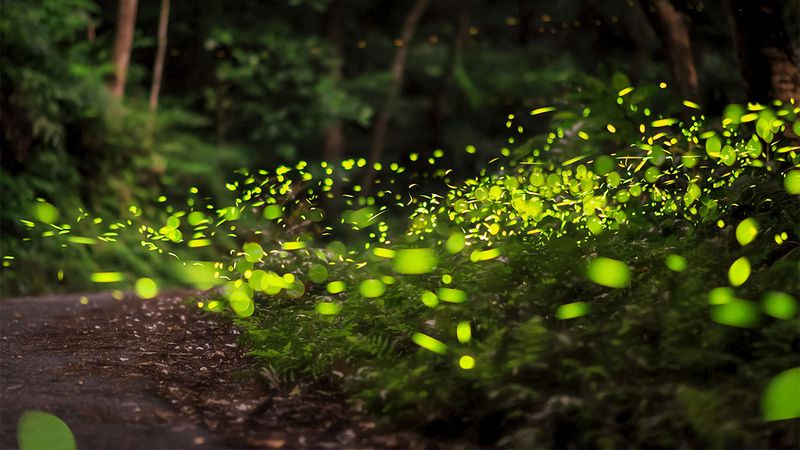
Climate change is shifting the balance of nature, and fireflies are caught in the crossfire. Unpredictable weather patterns and rising temperatures affect their life cycles and habitats.
Erratic rains and heatwaves can disrupt mating and feeding habits, pushing fireflies to the brink. These environmental stresses take a toll on their fragile existence.
Mitigating climate change by reducing carbon footprints and supporting sustainable practices is crucial. Protecting the environment means safeguarding the future of fireflies and the natural wonders they represent.
Pollution

Pollution taints the purity of the natural world, and fireflies are paying the price. Toxic chemicals and waste infiltrate their habitats, poisoning the very places they call home.
Contaminated water and soil disrupt their life cycles, making survival a constant battle. The presence of pollutants in the environment leads to a decline in firefly numbers.
Cleaning up our waterways and reducing waste can restore the balance needed for fireflies to flourish. Taking action against pollution is vital for preserving these flickering lights of summer nights.
Invasive Species
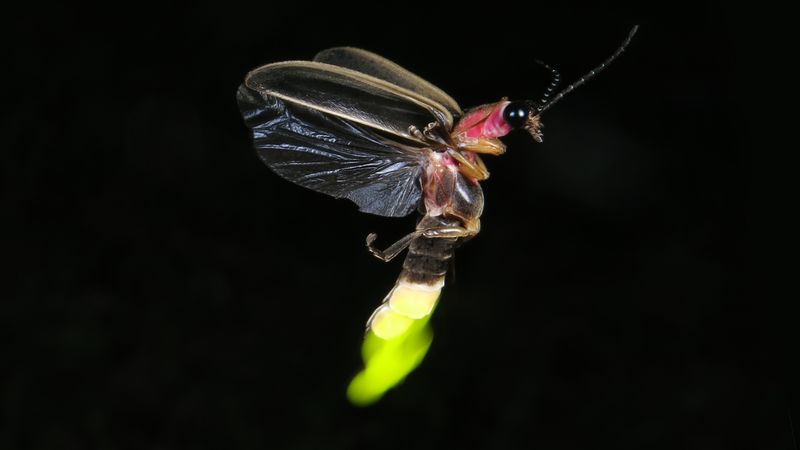
Invasive species march into firefly territories, pushing them aside. These intruders compete for resources, leaving little room for native fireflies to thrive.
Whether it’s aggressive plants or predatory insects, the invasion disrupts the delicate balance of the ecosystem. Fireflies find themselves outmatched in their own habitats.
Managing invasive species through careful monitoring and control efforts can help protect firefly populations. Supporting biodiversity is key to ensuring these glowing beetles can continue their nightly displays.
Cultural Changes
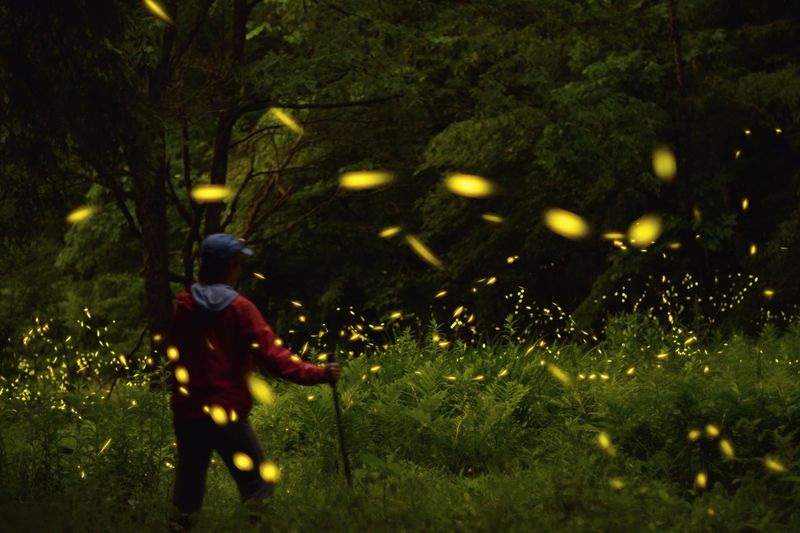
Cultural shifts have changed how we interact with nature, and fireflies are often overlooked. As people spend more time indoors and engage with technology, the appreciation for these glowing insects fades.
Backyards once filled with children chasing fireflies now echo with the sounds of electronic games. This shift in focus contributes to the lack of awareness and conservation efforts.
Reconnecting with nature through outdoor activities and education can rekindle the love for fireflies. Sharing their wonder helps ensure future generations value and protect these magical creatures.

